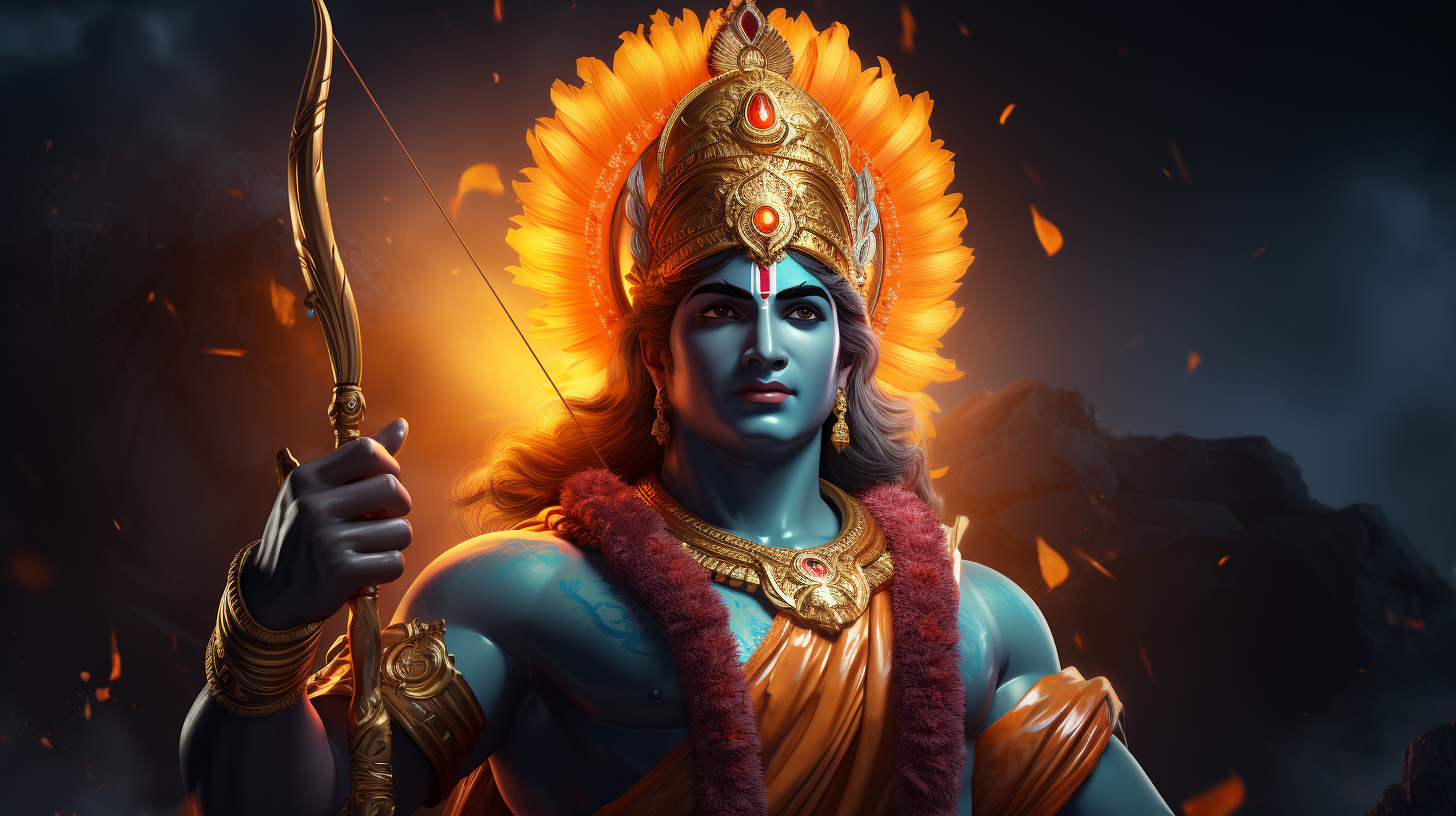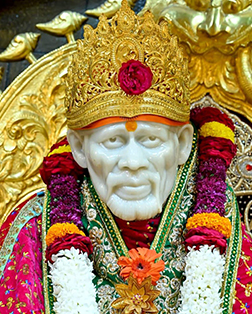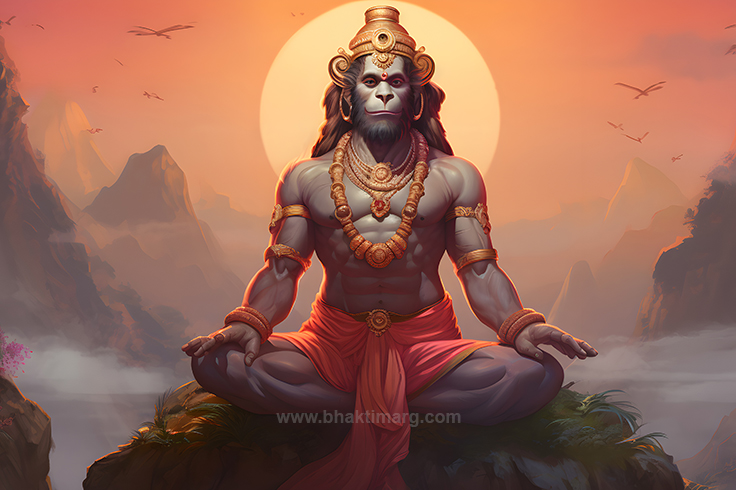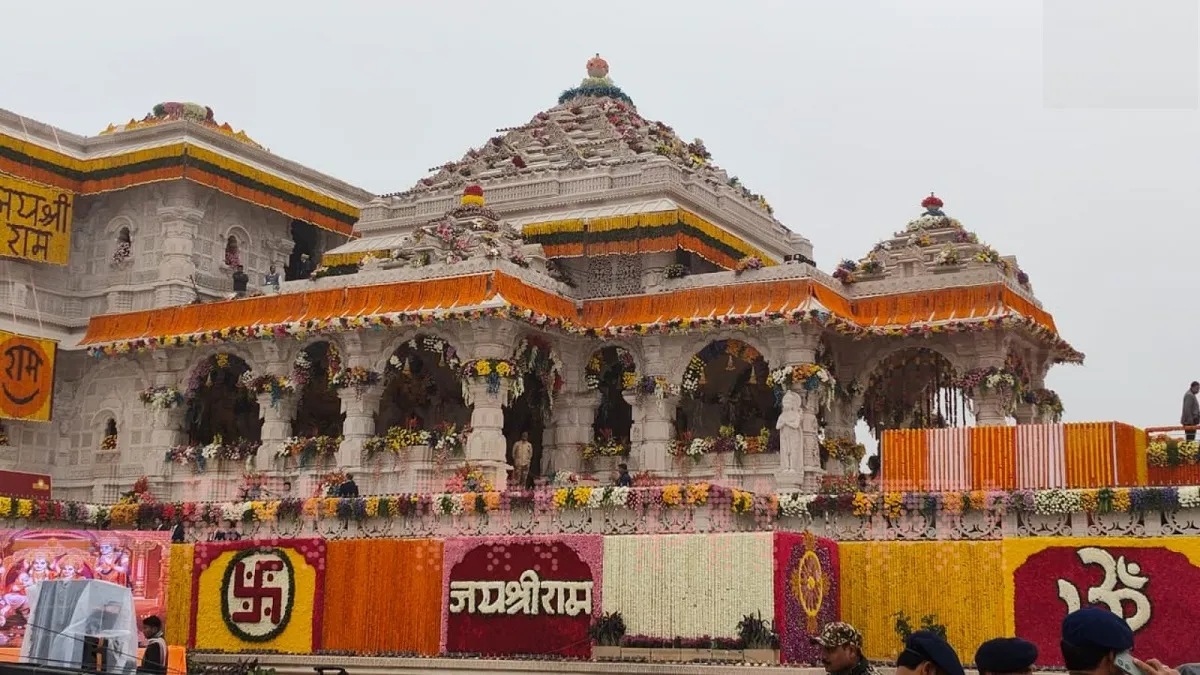
Ganpati’s Role in Overcoming Obstacles: Lessons for Modern Life
Who Is Lord Ganesha and Why Is He Worshipped First?

Understanding the Symbolism of Ganpati
Lord Ganesha, also fondly called Ganpati, is not just a deity with an elephant head and a round belly—he’s a living embodiment of balance, intelligence, and deep spiritual symbolism. From his elephant head symbolizing wisdom to his mouse vehicle representing control over ego, every aspect of Ganpati’s image holds a powerful life lesson. His large ears teach us to listen more, his small eyes inspire focus, and his curved trunk symbolizes adaptability. He’s the perfect blend of strength, strategy, and sensitivity.
Worshipped at the beginning of every major Hindu ritual or festival, Ganpati is considered the ultimate gatekeeper of success and remover of hurdles. His image graces entrances of homes, businesses, and temples—reminding people to begin their day, their work, and their thoughts with clarity and purpose. The keyword “remover of obstacles” isn’t metaphorical—it’s a lifestyle principle rooted in discipline, preparation, and clear intentions.
In today’s context, Ganpati’s image resonates even more. In a world filled with confusion, anxiety, digital distractions, and constant life pressures, Ganpati stands as a symbol of calm wisdom and strategic thinking. Whether it’s handling a tough decision, managing a tricky relationship, or launching a new project, invoking Ganesha means preparing mentally, emotionally, and practically for success.
What Makes Ganesha the ‘Vighnaharta’?
The word “Vighnaharta” means remover of obstacles, and Ganesha earns this title not by simply vanishing our problems magically—but by giving us the mental strength and wisdom to tackle them.
In ancient texts like the Ganapati Atharvashirsha, he is described as the master of intellect and foresight. When we invite Ganpati into our lives, we’re really calling upon those qualities within ourselves. He doesn’t just wipe out problems; he teaches us how to face them head-on.
For instance, think of your life’s challenges—job loss, heartbreak, failure, confusion. Ganesha doesn’t prevent these but helps us endure, learn, and evolve from them. This is why in any new beginning—be it a marriage, business, or even a student’s exam—his name is the first to be chanted.
Whether you are starting a small side hustle or embarking on a new life journey, chanting “Om Gan Ganapataye Namaha” before you begin isn’t superstition. It’s a mental reset, a moment to ground yourself and align with your goals.
How Does Ganpati’s Story Reflect Life’s Real Struggles?

What Life Lessons Can We Learn from Ganesha’s Mouse?
The most overlooked character in Ganesha’s divine entourage is his vehicle—the humble mouse. At first, it might seem odd: how can a huge god ride such a tiny creature? But this pairing holds one of the most profound symbolic meanings in Hindu philosophy.
The mouse is a symbol of human ego. It’s small yet extremely active, always gnawing at things, sneaky, restless, and hard to control. Similarly, our ego, if left unchecked, can nibble away at our peace, distort relationships, and keep us from growing.
Ganesha riding the mouse shows us that the truly wise person doesn’t let the ego run wild—they ride above it, direct it, and use it purposefully. Imagine trying to balance your ambitions, personal pride, and emotional needs—that’s your “mouse.” It’s easy for it to take over. But Ganesha teaches us that with awareness and humility, even the most unruly parts of us can be tamed.
This lesson is relevant in modern settings—think of conflicts at work, social media arguments, or relationship misunderstandings. All of them usually trace back to ego. So next time you feel offended or triggered, pause and ask: “Am I letting the mouse drive me?”
How Does Ganesha Teach Us to Control Our Ego?
One of the most beautiful tales about Ganpati is the race between him and his brother Kartikeya. When asked to race around the world, Kartikeya flew off on his peacock, while Ganesha simply circled his parents, saying, “They are my world.”
This story isn’t just cute—it’s deeply practical. Ganesha used wisdom over speed, heart over ego. In a world that’s constantly telling us to hustle, run, and compete, Ganpati teaches us that intelligent choices beat mindless action.
Ego often tells us to prove ourselves, be the best, win arguments. But what if real wisdom lies in knowing when not to fight? When to take the higher road? Ganesha shows us the power of humility and smart thinking. Whether it’s dealing with a toxic coworker or deciding between two life paths, using Ganpati’s approach—calm observation, respect for relationships, and prioritizing values—often leads to better outcomes.
What Is the Connection Between Ganpati and Devshayani Ekadashi 2025?

Why Is Devshayani Ekadashi Significant in 2025?
Devshayani Ekadashi 2025 falls on July 8, marking a spiritually powerful time when Lord Vishnu is believed to go into deep cosmic sleep (Yoga Nidra) for four months. This phase is called Chaturmas, during which spiritual disciplines, austerity, and introspection are emphasized. It is also said that during this period, the gods rest, and devotees focus on personal transformation and prayers.
This year, Devshayani Ekadashi carries extra importance because it aligns closely with themes of renewal and mental preparation for the upcoming festive season. The Chaturmas period, beginning from this date, is when Hindus introspect, control desires, and engage in inner purification.
So, how does this link to Ganpati?
How Does This Date Set the Spiritual Tone for Ganesh Chaturthi?
Ganesh Chaturthi, typically celebrated about two months after Devshayani Ekadashi, becomes the first major celebration post-Chaturmas spiritual retreat. It’s not just a break from austerity—it’s a symbolic restart.
By the time we welcome Ganpati home, we’ve already been through a phase of emotional and spiritual preparation. The timing teaches us that before we can invite abundance and wisdom, we need to clear emotional clutter—just as Ganpati helps us clear life’s hurdles.
So, Devshayani Ekadashi and Ganesh Chaturthi aren’t isolated events; they’re spiritually linked steps in the journey of transformation. Think of Ekadashi as cleaning the canvas, and Ganesh Chaturthi as painting a new masterpiece.
How Can You Celebrate Ganesh Chaturthi the Eco-Friendly Way?

What Are the Best Sustainable Idol Options?
In today’s climate crisis, traditional practices like idol immersion can take a serious toll on rivers and lakes. Thankfully, the growing trend of eco-friendly Ganesh Chaturthi offers a refreshing shift toward sustainable devotion.
Instead of buying Plaster of Paris (POP) idols that harm aquatic life, you can now choose:
- Clay idols (Shaadu maati) that dissolve easily in water.
- Plantable idols with seeds inside that grow into plants post-Visarjan.
- Natural color-based painted idols that avoid chemicals.
Using these eco-friendly Ganpati idols not only honors the earth but also brings a deeper connection to the festival—it becomes a celebration of both spirituality and responsibility.
Pro Tip: You can also DIY your own clay idol with your kids or family as a bonding activity and spiritual lesson.
What Eco-Friendly Rituals Can You Adopt?
Besides the idol itself, here are smart tips to make your Ganesh Chaturthi celebrations sustainable:
- Use banana leaves, steel plates, or biodegradable items instead of thermocol or plastic.
- Switch to organic flowers and natural rangoli powders.
- Donate leftover food to those in need instead of letting it go to waste.
- Do home Visarjan in a bucket or tub if you live in an urban apartment.
Making these small changes can have a huge collective impact. You don’t have to give up your joy—just realign it with the planet.
How Are Digital Trends Changing Ganesh Chaturthi Celebrations?

Can You Attend Virtual Ganpati Pujas?
Absolutely! With digital growth, many people are celebrating Ganpati virtually. Especially for those living abroad or unable to travel, online Ganesh Chaturthi pujas and livestream darshans have become a blessing.
Temples across India now stream live aartis, special events, and bhajans during the 10-day celebration. You can participate by:
- Booking virtual pooja slots on temple websites.
- Joining live Zoom or YouTube aartis with family and friends.
- Using puja apps that guide you step-by-step through rituals.
This digital connection makes Ganesh Chaturthi more inclusive and accessible. Whether you’re away from home or just want a quieter celebration, technology bridges the distance between you and your devotion.
Which Apps or Platforms Offer Online Darshan?
Here are some of the most popular platforms offering online Ganpati darshan:
- ISKCON Live
- MyTemple App
- Lalbaugcha Raja YouTube Channel
- BookMyPooja
- Govinda App
Most of these offer real-time pooja updates, aarti notifications, and even virtual prasad services. For the modern devotee, digital devotion is not just a trend—it’s a new way to stay spiritually connected, even in busy or distant lives.
How Is Ganesh Chaturthi Linked to Other Hindu Festivals?

Why Does Ganesh Chaturthi Mark the Start of the Festive Season?
Ganesh Chaturthi isn’t just a standalone event—it’s the grand opening of the Hindu festive calendar. After Chaturmas (the spiritually quiet months), Lord Ganesha’s arrival sets the stage for the season of celebration. From Ganesh Chaturthi in August or September, the energy builds up all the way to Navratri, Dussehra, Karva Chauth, and finally Diwali.
Think of Ganpati as the one who clears the spiritual path for these upcoming festivals. He’s the cosmic “clean-up crew,” clearing your heart and mind so that you’re ready to fully enjoy the divine abundance that follows. Emotionally, it’s like getting your life in order before the real party begins!
This interconnectedness creates deeper spiritual momentum. Celebrating Ganesh Chaturthi with full awareness sets a powerful intention that carries through the entire festive season. It’s not just about sweets and songs—it’s about starting a new cycle with inner clarity.
How Can You Prepare Spiritually for Upcoming Festivals?
Here are a few simple ways you can align your Ganesh Chaturthi celebrations with the rest of the festive season:
- Use the time leading up to Navratri and Diwali to reflect, declutter, and reconnect.
- Create a festival journal to record spiritual goals, gratitude notes, and self-improvement ideas.
- Plan small acts of charity or service during Ganesh Utsav to build goodwill and positive karma before the rest of the season.
By doing so, you’re not just following tradition—you’re building a conscious celebration framework that extends far beyond one festival.
Why Is Ganpati More Relevant Than Ever in the Digital Age?

What Can Ganpati Teach Us About Mindful Living Today?
Let’s face it—today’s biggest obstacles are not monsters or mythical demons. They’re distractions, stress, burnout, and emotional fatigue. We’re constantly connected yet spiritually disconnected. In such a world, Ganpati becomes more relevant than ever.
The large head of Ganesha reminds us to think big and be wise.
His small mouth nudges us to speak less and listen more.
His wide belly symbolizes the ability to digest both good and bad with grace.
Ganesha, in a modern sense, is the ultimate life coach. He doesn’t ask you to renounce technology—just to master it, not be mastered by it.
Want to detox digitally? Start your day with a 5-minute Ganesha chant instead of checking Instagram.
Overwhelmed with choices? Ask, “What would Ganpati do?”—and seek clarity over chaos.
These small actions turn ancient wisdom into modern solutions.
How to Practice Ganpati’s Wisdom Daily in a Fast-Paced World?
Here’s a simple daily ritual anyone can follow—whether you’re a school kid, college student, parent, or working professional:
- Pause Before You Act: Just like Ganesha waited and listened before taking action, give yourself a few seconds to breathe and think.
- Reflect Before Reacting: Got an annoying email or message? Visualize Ganpati’s calm face before you reply.
- Detach to Grow: Don’t hold grudges or negative emotions. Ganpati teaches detachment through his Visarjan ritual—let go of what no longer serves you.
By following these tiny steps, you’ll find yourself calmer, more focused, and definitely wiser.
What Are Some Visual and Creative Ways to Teach Ganesha’s Wisdom?
Why Should We Include Symbolic Infographics in Modern Worship?
Text is powerful, but visuals make knowledge stick in the mind—and the heart. That’s why it’s high time we incorporate creative infographics into how we teach about Ganpati, especially for children and youth.
For instance:
- An infographic of Ganesha’s body parts can visually explain each symbolic meaning:
- Elephant head = Wisdom
- Mouse = Ego
- Big ears = Listening
- Trunk = Flexibility
- Modak = Sweet reward of effort
Adding posters like these to classrooms, homes, and digital slides during celebrations can help children relate better to Ganpati’s values.
It also boosts retention and engagement, especially in schools and family pujas. You’re not just saying “Worship Ganpati”—you’re saying, “Here’s how to live like Ganpati.”
How Can Families and Schools Involve Kids Creatively?
- DIY Ganpati projects: Clay idol-making, eco-crafts, or drawing symbolism charts.
- Storytime with morals: Share lesser-known Ganesh tales with discussion questions.
- Interactive quizzes and games about Ganesha’s life and teachings.
Modern devotion isn’t about doing more—it’s about doing it smarter and more meaningfully. And visual storytelling is one of the most effective tools to do just that.
Conclusion: Make Space for Ganpati in Your Daily Life
Lord Ganesha isn’t just a god to be worshipped once a year—he’s a life philosophy, a spiritual mentor, and a daily reminder to be calm, wise, and grounded. Whether it’s facing your fears, managing stress, or navigating a digital world, Ganpati has something to teach us all.
From eco-friendly celebrations to virtual pujas, and from symbolic infographics to SEO-friendly devotional blogs, Ganpati’s presence in modern life is not just welcome—it’s essential.
So next time you’re struggling, stuck, or seeking clarity, just remember:
Ganpati Bappa Morya! His wisdom isn’t far—it’s already inside you.

















